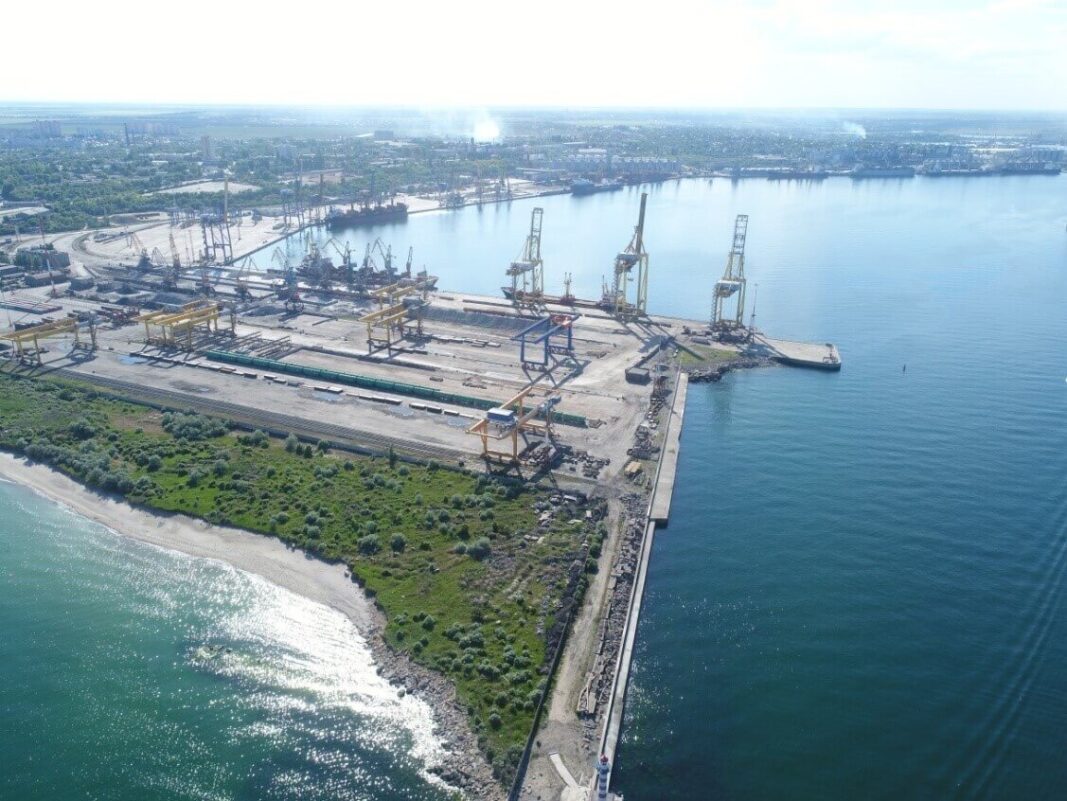
A Major Port Relaunch: What the Public-Private Partnership in Chornomorsk Really Means
After more than two years of full-scale war, Ukraine is making a renewed bet on the development of strategic infrastructure. The port of Chornomorsk has become the launch site of the first large-scale public-private partnership project in the port sector since the invasion began. The essence of the initiative is to attract international investors for the modernization of the terminals, while maintaining state ownership over strategic assets. This decision is not only economically significant it carries geopolitical weight: Ukraine is demonstrating to the world that even during wartime, it is capable of creating transparent, competitive, and business-friendly conditions.
In August 2025, the Ministry for Communities and Territories Development announced the launch of the largest investment project in the port industry since Ukraine’s independence. It involves the First and Container Terminals of the state enterprise “Chornomorsk Sea Commercial Port”, which include six deep-water berths and associated infrastructure all of which remain state-owned. The state retains ownership of all assets but delegates modernization and management to a private partner under transparent conditions and a long-term agreement.
Why it matters
First, this is about a real reboot of Ukraine’s port infrastructure, which generated significant budget revenues before the war but was paralyzed after 2022 due to blockades and destruction.
Second, this project could serve as a model for other Ukrainian ports that need capital investment but lack the capacity to fund it exclusively through the state budget.
Third, according to Minister Oleksii Kuleba, the project has launched “as the beginning of a transparent international procedure,” in which “leading global companies will compete.”
Key project figures
Confirmed parameters include:
- Hundreds of millions of dollars in infrastructure modernization;
- $1.1 billion in revenues to state and local budgets over 40 years;
- Over a thousand new jobs, with labor guarantees;
- Container turnover of 250,000 TEU annually within three years, with the potential to return to pre-war levels of over half a million TEU.
These indicators point to a long-term and systemic perspective. The investor receives a large-scale, predictable facility to manage. The state retains ownership, gains stable revenues, and benefits from modernized logistics infrastructure.
Who is interested
The Ministry reports that over 40 international companies from port operators to industry-specific investment funds have already expressed interest in participating. This creates a competitive environment, enabling the state to select the most favorable partner.
Project documentation will be developed with the support of IFC (International Finance Corporation), EBRD (European Bank for Reconstruction and Development), and leading international consultants. This ensures adherence to transparency standards, anti-corruption safeguards, and quality benchmarks.
What’s happening on the ground
It’s worth recalling that on July 16, 2025, the first container vessel since the full-scale war began docked at the Chornomorsk port. This was a symbolic and practical milestone, confirming that the port is not only operational but ready for gradual reintegration into the global logistics map.
Oleksii Kuleba emphasized the strategic weight of the event:
“For the Chornomorsk community, this project means stability and new opportunities. For the country as a whole the development of container shipping and a stronger position for Ukraine on the global logistics map.”
What we know about the Chornomorsk port
The Chornomorsk Sea Commercial Port (known until 2017 as the Illichivsk Commercial Sea Port) was founded in 1958. It is one of the largest transportation hubs in Ukraine, handling diverse cargo flows thanks to its advanced berth network, large storage areas, and the “Chornomorsk-Port” railway station. The port specializes, in particular, in roll-on/roll-off cargo, making it essential for auto transport and logistics links between Ukraine and Europe. In peacetime, the port was crucial for Ukraine’s foreign trade, especially in the container segment. Rebuilding this capacity is not only economically meaningful it’s symbolically important as a step toward restoring market rhythm amid war.
Launching a public-private partnership during wartime is an act of trust in Ukraine’s future. This is not just about infrastructure. It’s about foreign capital placing its trust in a country that continues to fight, but refuses to stand still. This case will serve as a precedent for other sectors exploring public-private development models from railways and energy to aviation.The government’s bet on transparency, competition, and international cooperation is a signal to investors: Ukraine is building institutions not just on paper, but in practice. Even in the darkest times, progress is still possible here.














